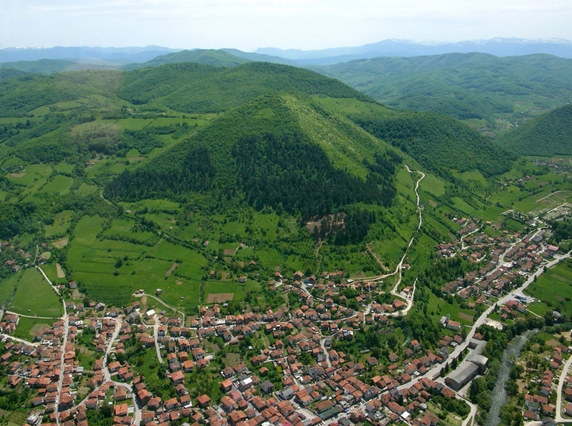Ancient Egyptian workshop discovered by archeologists, contains 3,000-year-old sandstone sphinx
07/15/2019 / By Edsel Cook

Researchers recently dug up the ruins of a carving workshop that saw activity during the heyday of Ancient Egypt. The millennia-old facility held several incomplete sculptures, the grand prize being a sandstone statue of an imposing sphinx with the head of a ram.
The Egyptian and Swedish archeologists who found the workshop theorized that it was built and used during the 18th Dynasty of the New Kingdom of Egypt. During this period, the country achieved the height of its power, earning the title of “Egyptian Empire.”
Furthermore, they suspected Amenhotep III to be the ruler in power during the time. Arguably the greatest ruler of the 18th Dynasty, Amenhotep III fathered Akhenaten, who in turn fathered Tutankhamun – the famous “King Tut.”
In addition to the statues, the dig site produced numerous hieroglyphic remains. There was also a smaller sculpture of a sphinx, which the researchers surmised to be a practice piece of an apprentice at the workshop.
The discovery fell under the aegis of the Gebel el-Silsila Project, a long-term epigraphic survey of its namesake quarry site. Lund University researchers oversaw the effort with the support of the Egyptian Ministry of Antiquities. (Related: Mother Nature may have contributed to the rise of the Roman Empire: Volcanic eruptions, drought found to coincide with political events in ancient Egypt.)
Ancient Egyptian workshop turns up a mostly intact criosphinx and other artifacts
When the Gebel el-Sisila researchers first came across the New Kingdom workshop, they found it mostly covered by debris and soil. Only the distinct head of the “criosphinx” – a sphinx with a ram’s head – protruded from the mess.
The upper part of the statue’s head had been broken off at some point in time. The researchers failed to find the missing segment.
Despite the setback, the criosphinx sculpture turned out to be 15 feet (5 m) in length and 10.5 feet (3 m) tall sans the missing part of the head.
Furthermore, the researchers found a second sphinx beside the criosphinx. They believed that the smaller statue was the practice work of the sculptor’s apprentice.
They also recovered a stone sculpture of a coiled cobra. Based on its measurements, the carving would have served as the crown for the criosphinx.
“Both sculptures are preserved in a rough-cut and prepared for transportation, but were likely abandoned at Gebel el-Silsila as the larger sculpture fractured,” the researchers guessed. “Since then, later Roman quarry activity buried the sphinxes in spoil.”
Amenhotep III, the greatest ruler of the 18th Dynasty of Egypt
Evaluation of the hieroglyphic fragments at the quarry site suggested a shrine to Amenhotep III as their origin. The 18th Dynasty monarch and his wife Tiye ruled Egypt during the mid-1300 B.C.
The Lund-led research team dug up pieces of a falcon sculpture and a quarry text written in red ochre. They dated the latter to the opening of the quarry site during the rule of Amenhotep III.
The researchers are currently translating the texts. They plan to continue digging and making digital recordings at the Gebel el Sisila site during the next season.
When Amenhotep III inherited the throne of the New Kingdom from his father Thutmose IV, the Egyptian Empire spanned from the Euphrates River in Mesopotamia to modern-day Sudan. Since he was only 12 at the time, his mother acted as regent.
Experts believed that Amenhotep III ruled from 1386 to 1349 B.C. He married Tiye, the daughter of a provincial official. His royal wife appeared alongside him during his reign.
Amenhotep III died around 1354 B.C. The Egyptians built his funerary temple near his palace, marked by the massive Colossi of Memnon statues.
Read Artifacts.news for more coverage of historical artifacts.
Sources include:
Tagged Under: Amenhotep III, ancient artifacts, ancient culture, Ancient Egypt, ancient history, ancient sculptures, archeology, artifacts, criosphinx, discoveries, Egypt, Egyptian artifacts, Egyptian sculptures, hieroglyphs, King Tut, real history, sphinx
RECENT NEWS & ARTICLES
COPYRIGHT © 2017 ARTIFACTS NEWS



















